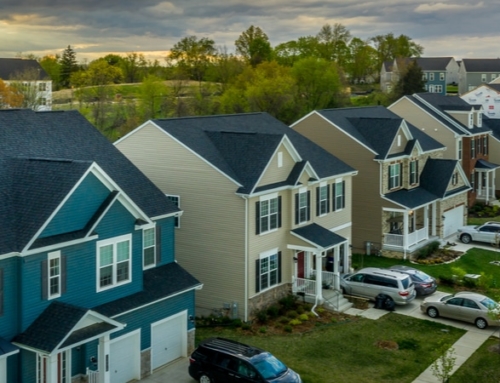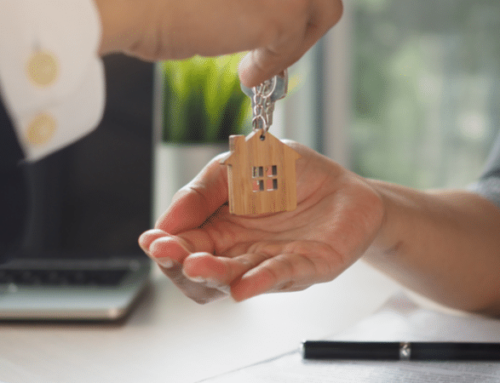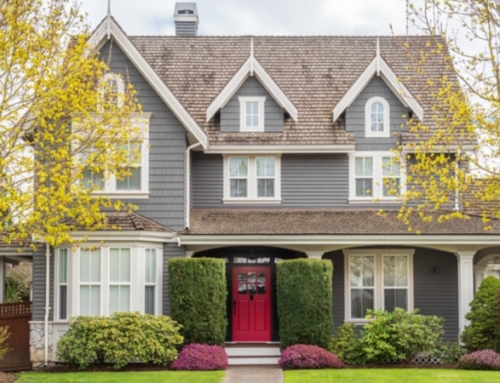At a closing this week, a builder said to his new home buyer, “If you’ve changed your mind, I’ll be happy to refund all of your money.”
The new home buyer said thanks, but no thanks. In the two years since he signed the contract to buy the property, the house appreciated by several hundred thousand dollars.
Thanks to continuing low interest rates, the Mortgage Bankers Association of America (MBA) has newly revised its forecast for how much money home buyers and homeowners will borrow this year: A whopping $2.5 trillion.
“Despite the strong pace of the economic recovery, interest rates have remained low for a variety of reasons. Some borrowers are responding to these rates by purchasing homes and others are making up for missed opportunities to refinance,” said Doug Duncan, MBA senior vice president and chief economist.
Only 40 percent of that total, or about $1.1 trillion, will be homeowners refinancing their mortgage. The rest will be spent on by home buyers looking for a place to live. About 17 percent of home buyers will purchase a newly-constructed home this year.
According to the National Association of Home Builders (NAHB), new home sales reached a record of 1.07 million last year. It’s the first time that the one million mark was reached for new home sales. (Existing home sales peaked at 6.03 million last year as well.)
New home prices swelled as demand rose. According to the NAHB, the average new home cost $240,000 last year, while the average existing home cost $214,000. Atlanta remained the top metro area for new construction permits, with nearly 41,000 permits pulled. Other top markets for new construction include Phoenix, Riverside-San Bernardino, Ca., Houston, Washington, DC, Las Vegas, Chicago, Dallas, Orlando and Tampa-St. Petersburg, Fl.
To build the average 2,272 square foot house, a builder would have used 3,103 square feet of asphalt shingles and other roofing materials, one fireplace, 8,385 square feet of drywall on the ceiling and walls, 13,837 linear feet of framing lumber, 3 bathroom sinks, 3 toilets, 2 bathtubs, 1 shower stall, 2 garage doors, and 19 windows. And that list doesn’t even include paint.
The typical kitchen has 15 cabinets, 5 other cabinets, and 23 linear feet of countertops. Half of homes have stainless steel sinks. Ten percent of all homes are built with a central vacuum cleaner, and nearly 80 percent have a garbage disposal.
If you could open up the walls of the average home, you’d see that 40 percent of homes are built with some sort of security system, contain a programmable thermostat, and are wired for multi-line phone systems. Seven percent of homes are wired with whole-house audio systems, and just 4.6 percent have in-home theatre systems. NAHB data indicates that the numbers of homes with high-end entertainment and security systems is rising.
In fact, the average newly-constructed house has all sorts of amenities new home buyers in the 1950s could not have even imagined.
For example, in 1950, the average new home had 963 square feet, with two bedrooms, and one or one and a half baths. More than half of all new homes built today have more than 2,000 square feet, and 90 percent have three or more bedrooms. Eighty-three percent of homes built have at least a 2-car garage and nearly 90 percent have central air.
In the 1950s, new home buyers were happy to have a garden. Today, new home buyers are as interested in outdoor living environments as they are in interior space. According to the NAHB, fireplaces, Jacuzzis, kitchens and various other outdoor rooms and amenities have taken on an increased importance as new home buyers continue to search for ways to expand their living space.






Leave A Comment